Rising Sea Levels Will Isolate People Long Before They’re Underwater – Hakai Magazine
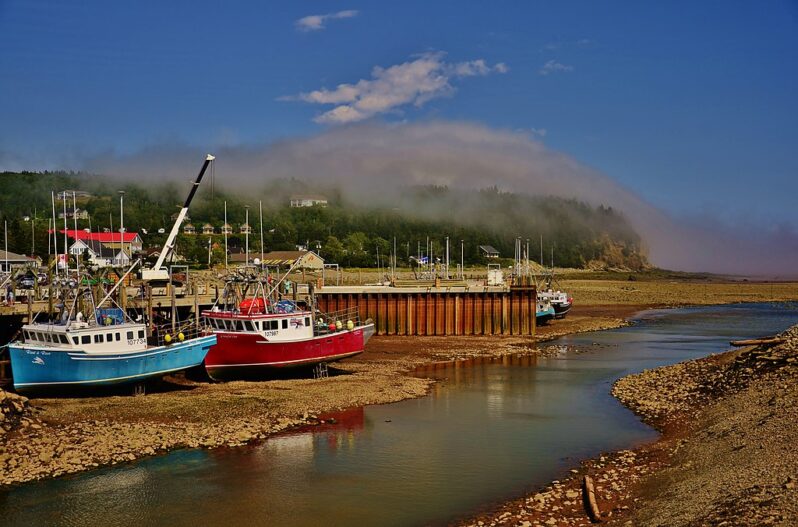
Time and tide wait for no man. Neither does sea level rise. The Chignecto Isthmus—the low marshy strip connecting New Brunswick and Nova Scotia—may be one of the most vulnerable places in Canada to sea level rise. At just 21 kilometers wide, the interprovincial land bridge is battered on its southwestern flank by the famously extreme tides in the Bay of Fundy. Protected by a network of earthen dikes first constructed in the 1600s, “the tops of the dikes are only a little higher than the spring high tides,” says Jeff Ollerhead, a coastal geomorphologist…“If we have a big storm,” he says, “water will go over the dikes.”
Students and Faculty at Ohio State Respond to a Bill That Would Restrict College Discussions of Climate Policies – Inside Climate News

Keely Fisher chose to pursue her Ph.D. at Ohio State University because she wanted to learn about climate change from a world-class faculty. Now one year into her program, she wonders if she belongs here.The problem has nothing to do with Ohio State and everything to do with the Ohio General Assembly and a proposal that would regulate higher education. The wide-ranging bill includes a provision that designates climate policy as a “controversial belief or policy” and says faculty must “encourage students to reach their own conclusions…
Nearly 90% of Hanauma Bay’s beach could disappear by 2030, says UH study – Hawaii Public Radio

A new study from the Hawaiʻi Institute of Marine Biology at the University of Hawaiʻi at Mānoa is predicting most of Hanauma Bay’s beach will be underwater for a few days in 2030.
Researchers used models to show the impact of sea-level rise at the bay. They combined the lowest predicted rise of six inches with the island’s seasonal King Tides, when waves splash higher on the shore higher than normal.
It forecasts that 88% of the bay’s usable beach, or sandy portions, would be submerged in 2030…
Restoring Seabird Populations Can Help Repair the Climate – Inside Climate News

The number of ocean going birds has declined 70 percent since the 1950s. New research shows how projects bringing them back can also bolster ocean ecosystems that sequester carbon.
Seabirds evolved about 60 million years ago, as Earth’s continents drifted toward their current positions and modern oceans took shape. They spread across thousands of undisturbed islands in the widening seas. And as flying dinosaurs and giant omnivorous sea reptiles died out, seabirds also started filling an ecological niche as ecosystem engineers…
The Jury is Out: Has the Supreme Court Just Shredded the Environmental Policymaking Safety Net?

Remember what it was like as a kid when a grownup told you “Because I said so”?
Well, a newly constituted majority of the U.S. Supreme Court has recently flexed its ideological muscle, upending 50 years of precedent guiding its decisions, and basically told us “Because I said so.”
This quiet revolution by an activist majority, deciding cases based on primarily political grounds rather than on the constraints of facts and legal precedent, will have grave impact on environmental policymaking – as well civil rights, healthcare, safety, education, elections, technology, finance, and economics…
Sea level rise looms, even for the best-prepared country on Earth – MONGABAY
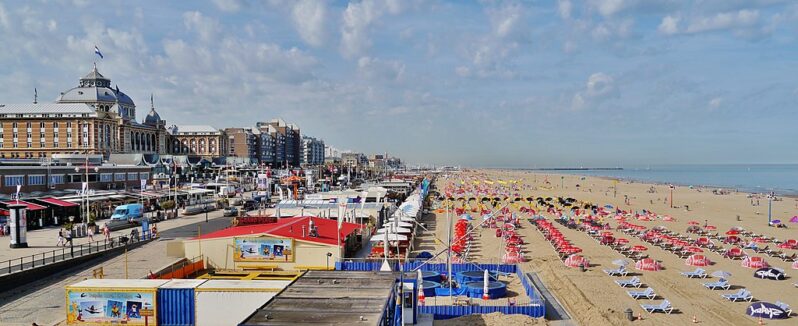
With more than a quarter of its land below sea level, the Netherlands has been going to great lengths to protect itself from the impacts of climate change, including sea level rise and extreme weather events like heavy rain. But even with the wealth and experience to address these issues, the future remains uncertain, mainly because a range of possible scenarios could play out after 2050…A misty rain blows against my face as I follow Farah Obaidullah along Scheveningen Beach in the northwest part of The Hague. Despite the wind and drizzle, the shoreline feels calm. Gray waves roll into the sand like long, deep breaths. Machines have raked the beach into a well-manicured carpet of grains and shell fragments…
Increasing Rate of Warming of Oceans + Earth . . .
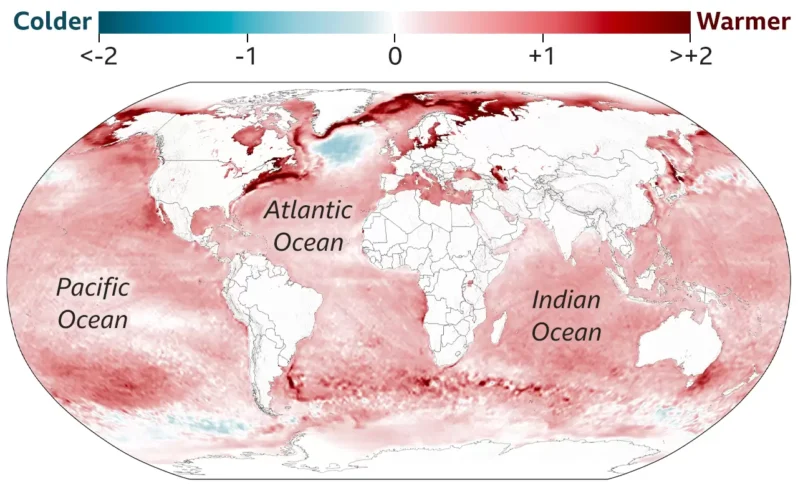
A troubling study appeared last week indicating that over the past 15 years the Earth absorbed as much heat as it had during the prior 45 years, and most of that excess energy went into warming the ocean…
Climate Change Enables the Spread of a Dangerous Flesh-Eating Bacteria in US Coastal Waters, Study Says – Inside Climate News
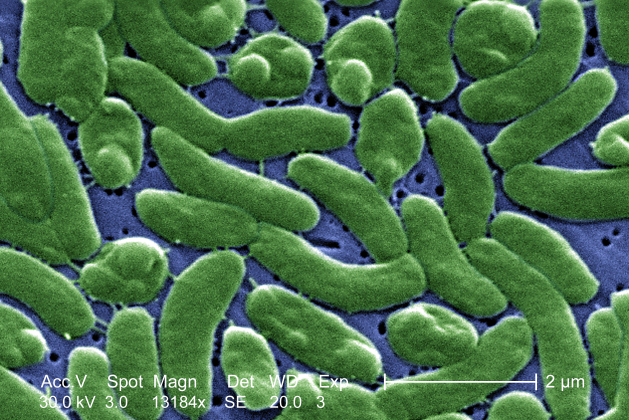
Cases of a potentially fatal infection from a seawater-borne pathogen have increased off the U.S. Atlantic coast as ocean waters warmed over the last 30 years, and are expected to rise further in future because of climate change, according to a study published on Thursday by Scientific Reports, an open-access journal for research on the natural sciences and other topics…
How Will Creatures That Can Barely Move Handle Climate Change? – Hakai Magazine
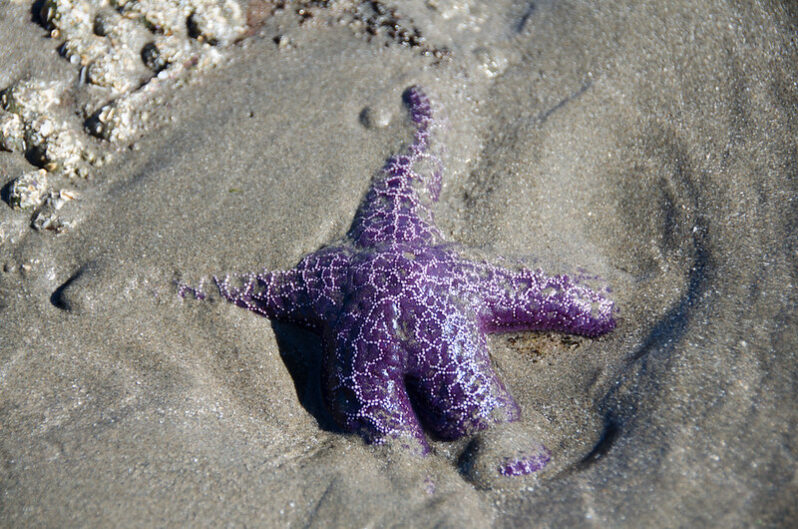
As the world warms, animals living near the coast are being battered by stronger storms, rising seas, and extreme temperatures. While fish, birds, and other species might be able to escape—often toward the poles—many marine creatures can barely move, let alone speed out of the way.
Scientists have long known that on hot days more mobile shoreline creatures like crabs take steps to control their body temperature by scuttling into cool crevices…
